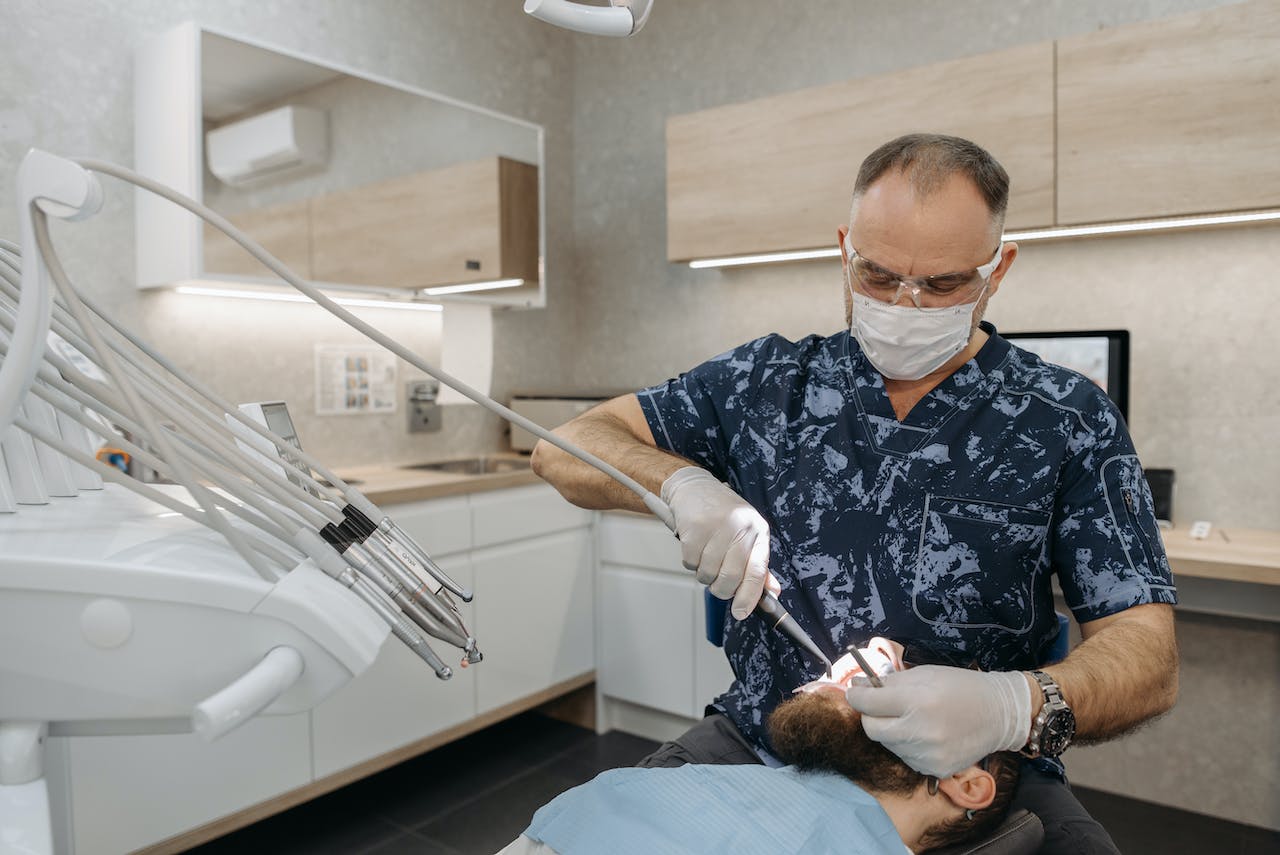When faced with medical emergencies, it’s easy to overlook temperature. Yet, maintaining a normal body temperature is crucial, whether the situation involves trauma or not. Let’s delve into why managing temperature is a key first-aid skill.
Our bodies operate within a tight temperature range. Straying too far can lead to hypothermia (too cold) or hyperthermia (too hot), both of which can worsen any medical condition.
Our cells rely on enzymes, sensitive to temperature changes, for vital processes. Extreme temperatures can disrupt these processes, leading to severe complications. Often associated with extreme cold scenarios, hypothermia is also a critical concern in everyday accidents like car crashes or falls. It’s defined as a body temperature below 35°C (95°F), with temperatures between 32-35°C considered moderate yet still dangerous.
Trauma treatments can unintentionally cause hypothermia. Simple actions, like cutting clothes or administering room-temperature IV fluids, may lower the body temperature, increasing the risk of adverse outcomes.
Patients admitted to the hospital with temperatures below 32°C (90°F) after trauma face significantly higher mortality rates. This fact has led many trauma centers to maintain warmer environments to counteract this risk.
Understanding how the body loses heat is crucial. Water conducts heat away far more effectively than air, and contact with cold ground can result in significant heat loss.
When administering first aid, prioritize keeping the victim warm. This means providing shelter from rain, removing wet clothing, and minimizing contact with the cold ground, always considering the victim’s overall condition and potential injuries.
Hyperthermia occurs when the body absorbs or produces more heat than it can dissipate. As body temperature rises, metabolic processes are disrupted, leading to potential harm.
Awareness and prompt action are key. Ensuring adequate hydration, providing shade, and using cooling methods can be crucial in preventing and managing hyperthermia.
Step-By-Steph Guide To Dealing With Temperature Control in First Aid
- It’s essential to understand when temperature control becomes a priority in first aid. If you’re assisting someone who’s been exposed to extreme temperatures or has suffered an injury, be aware of the signs of both hypothermia and hyperthermia. Your quick recognition can be crucial.
- In cases of potential hypothermia, your first step is to create a warm environment. If you’re indoors, turn up the heat. Outdoors, find a sheltered spot away from wind and rain. Your goal is to reduce the person’s exposure to the cold as much as possible.
- To combat cold, layering is key. Wrap the person in blankets or extra clothing. Remember, layers trap body heat effectively, so even adding a few can make a significant difference in retaining body warmth.
- For a person experiencing mild hypothermia, use gentle warming techniques. You can offer warm (not hot) beverages if the person is conscious and able to swallow. Applying warm compresses to the neck, chest wall, and groin can also help, but avoid direct heat sources like heating pads, which can burn the skin or cause rapid rewarming, leading to dangerous heart rhythms.
- Keep a close eye on someone suffering from hypothermia. Watch for signs of severe hypothermia, like confusion, slurred speech, or a loss of consciousness, and seek emergency medical help immediately.
- In cases of hyperthermia or overheating, ensure the person is hydrated. Move them to a shaded or cooler area. Removing excess clothing can also help regulate their body temperature.
- Apply cool, wet clothes or have the person take a cool shower or bath if possible. It’s vital to cool the body gradually. Avoid ice-cold water or ice as these can cause shivering, which generates more body heat.
- Always be prepared to seek medical attention if the person’s condition does not improve or if severe symptoms like heatstroke are suspected. Your timely decision to call for help could be life-saving.
- Educating yourself and others about temperature-related first aid is crucial. Understanding these simple but effective measures can prepare you to help in a variety of situations, ensuring the safety and well-being of those around you.
Facts You Didn’t Know About Temperature Control
- In first aid, the use of layered clothing is a key strategy for maintaining body temperature. By adding or removing layers, you can help a patient regulate their body heat more effectively than with one thick layer.
- These blankets, often found in first aid kits, are not just for warmth. They reflect the body’s heat, helping to maintain a stable temperature, which is crucial in shock or hypothermia.
- For heatstroke victims, rapid cooling is vital. This can involve applying cold packs to the neck, armpits, and groin, where large blood vessels are close to the skin, facilitating faster cooling of the body.
- When treating hypothermia, be aware of ‘afterdrop,’ a dangerous drop in core temperature that occurs when cold blood from the extremities is recirculated back to the core.
- Keeping a patient dry is as important as keeping them warm. Wet clothing can significantly increase heat loss, making dry clothing and shelter crucial in temperature control.
- Some medications lose efficacy at extreme temperatures. In first aid situations, ensuring that drugs like epinephrine are stored at proper temperatures can be crucial for their effectiveness.
- Offering a conscious and coherent hypothermia victim a warm, sweet drink can help raise body temperature. The sugar provides a quick energy source, and the warmth helps raise their core temperature.
- Contrary to popular belief, alcohol does not warm you up. It dilates blood vessels, increasing heat loss, which can be dangerous in cold conditions.
- In water, teach someone to adopt the HELP position—hugging knees to chest—to conserve body heat and protect vital organs.
- Children lose heat faster than adults due to their higher body surface area-to-volume ratio. It’s important to monitor children closely for signs of temperature-related issues in first-aid scenarios.
Effective temperature regulation forms a cornerstone of proficient first aid care. This encompasses a range of practices, from the strategic use of silver foil blankets to understanding the nuances of thermoregulation in different age groups.
The goal is to maintain a balance, preventing both overheating and overcooling while being mindful of the unique circumstances each first aid situation presents. Remember, successful first aid is not just about immediate responses but also about the nuanced understanding and application of these temperature control techniques, ensuring safety and improving outcomes in critical situations.




